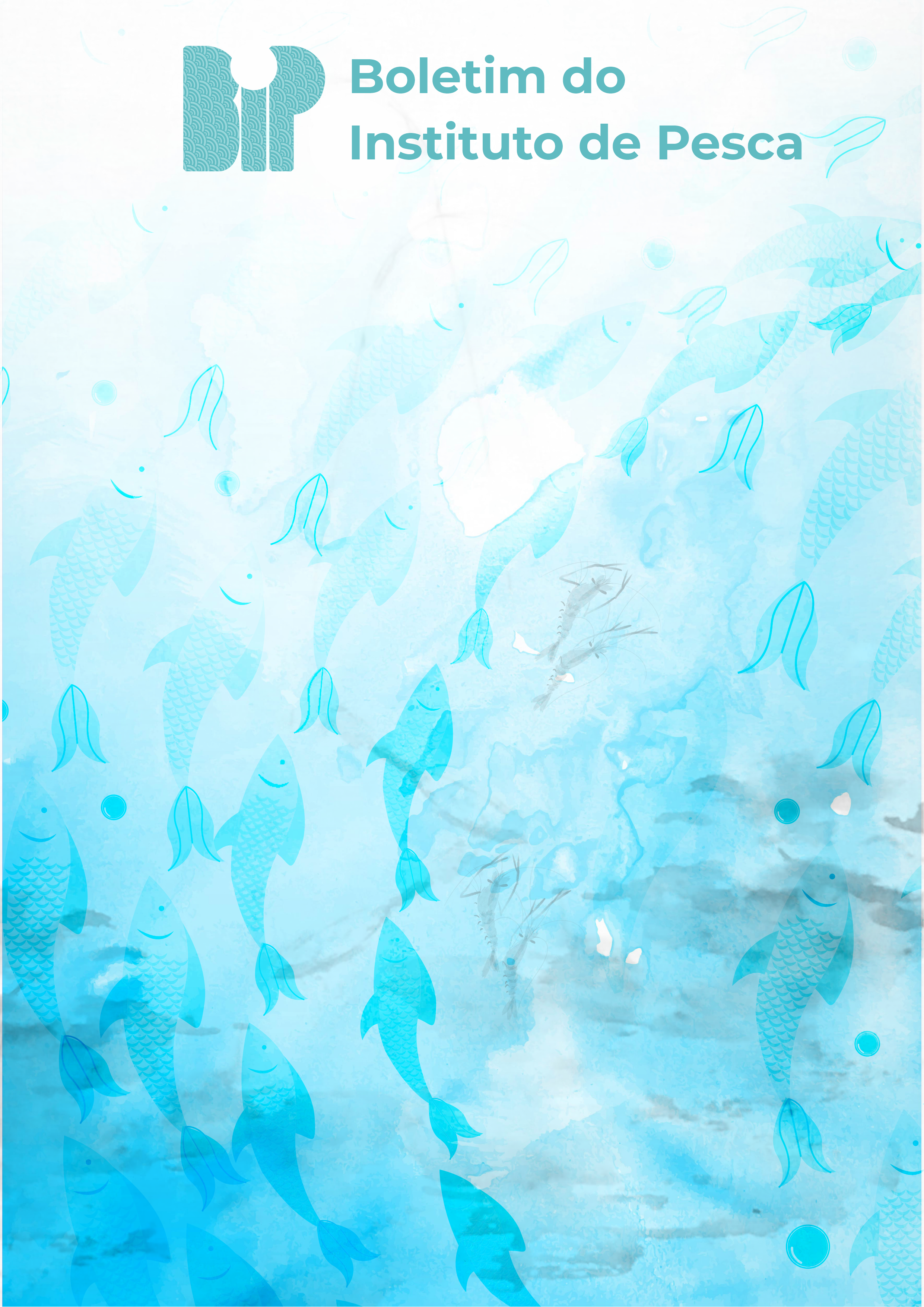Assessment of the in-vitro aflatoxin B1 adsorption and probiotic capacity of yeasts isolated from Pacific white shrimp (Litopenaeus vannamei)
DOI:
https://doi.org/10.20950/1678-2305/bip.2023.49.e718Keywords:
Candida spp., Lodderomyces elongisporus, Rhodotorula spp., Saccharomyces cerevisiae.Abstract
This study aimed to isolate and identify yeasts present in the intestinal microbiota of Pacific white shrimp (Litopenaeus vannamei) cultivated in a tropical estuary and carry out in-vitro assessments regarding their probiotic and aflatoxin B1 (AFB1) adsorption capacity of isolated Saccharomyces cerevisiae strains. The isolation and identification of intestinal yeasts from 40 L. vannamei individuals were performed by molecular sequencing. Three S. cerevisiae strains (C2B, C2D and C9) were chosen for probiotic potential assessments through homologous inhibition, self- aggregation, co-aggregation, antibacterial activity, gastrointestinal condition viability, and AFB1 adsorption analyses. The following species were identified: Candida spp., Candida tropicalis, Lodderomyces elongisporus, Rhodotorula spp.,
and S. cerevisiae. All isolated S. cerevisiae strains presented antibacterial activity, with the C9 strain displaying better performance in the antimicrobial activity, pH viability, and AFB1 adsorption assays. It was, thus, possible to isolate Candida spp., C. tropicalis, Rhodotorula spp. and S. cerevisiae from L. vannamei shrimp, and our study demonstrated for the first time that L. elongisporus may be present in the gut of this shrimp species in captive conditions. Furthermore, the isolated S. cerevisiae strains exhibited in-vitro probiotic and AFB1 adsorption potential.
Downloads
Published
Issue
Section
License
Copyright (c) 2023 Julliet Teixeira de Oliveira Santos, Juliana de Abreu Costa, João Farias de Sousa Junior, Felipe Araújo de Alcântara Oliveira, Márcio dos Santos Rocha, Raizza Eveline Escórcio Pinheiro, Rafael Gomes Abreu Bacelar, Maria Christina Sanches Muratori

This work is licensed under a Creative Commons Attribution 4.0 International License.










